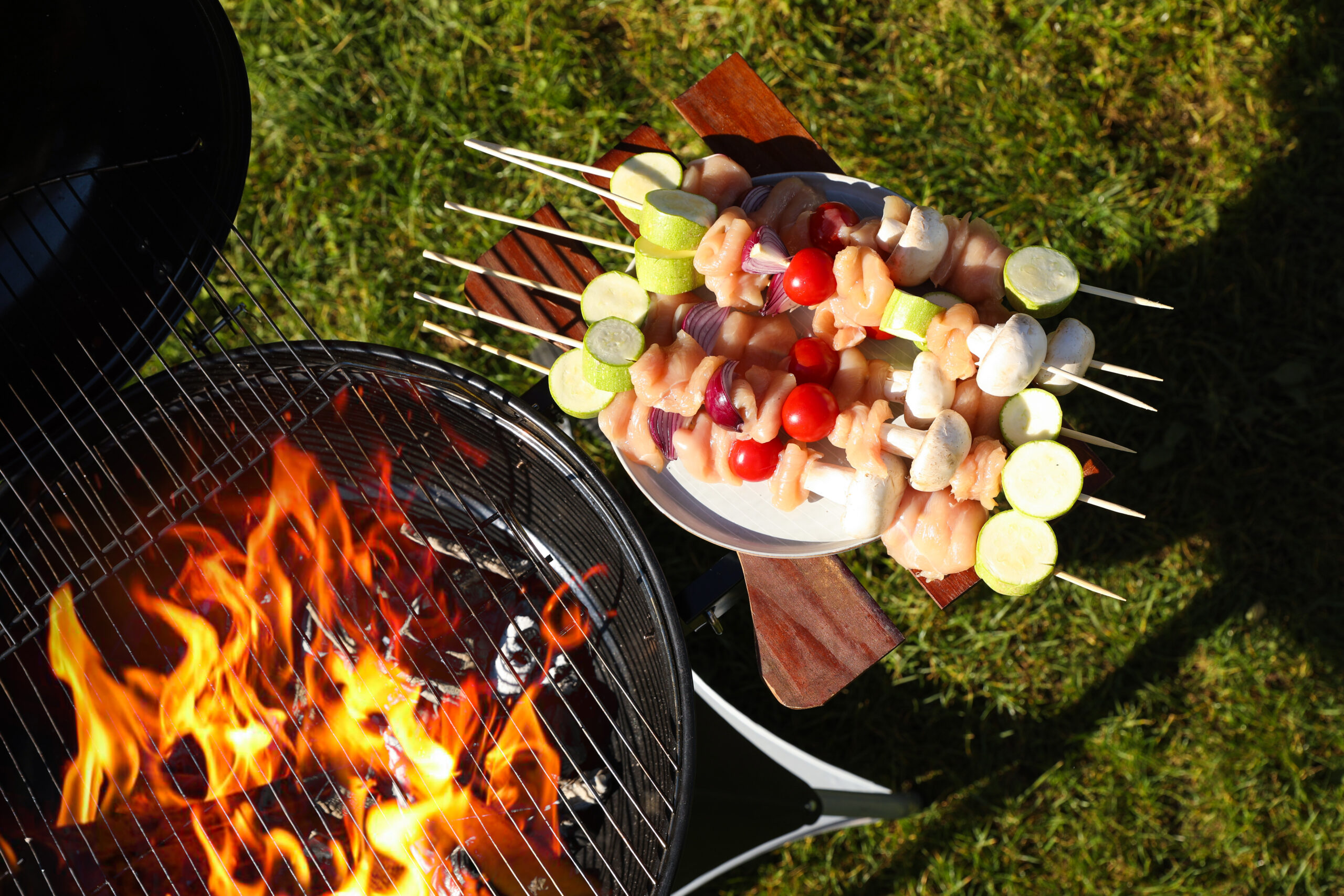Maintaining a gluten-free diet shouldn’t limit your outdoor cooking adventures. With proper planning and the right recipes, you can create delicious, safe meals that everyone at your campsite will enjoy. This guide explores trusted recipes and techniques that ensure safe, satisfying outdoor dining experiences for those following a gluten-free lifestyle.
Creating a Safe Camp Kitchen
Setting up a gluten-free camp kitchen requires careful attention to detail. Start by designating specific areas for food preparation and cooking. Use separate cutting boards, utensils, and cooking implements for gluten-free foods to prevent cross-contamination. Color-coding your equipment can help maintain this separation, especially when camping with mixed dietary needs. Consider bringing a portable prep surface to ensure a clean, dedicated workspace for gluten-free meal preparation.
Breakfast Fundamentals
Mornings at camp set the tone for the entire day. The Morning Power Bowl offers a satisfying start, combining certified gluten-free oats with fresh fruits, nuts, and seeds. For a savory option, the Campfire Skillet brings together crispy sweet potatoes, eggs, and your choice of certified gluten-free breakfast meats. Both dishes provide the energy needed for morning activities while maintaining strict gluten-free standards.

Lunch Made Simple
Midday meals need to be both convenient and safe. Corn tortilla wraps filled with scrambled eggs, black beans, and fresh vegetables offer a satisfying option that’s naturally gluten-free. Prepare ingredients in advance and store them separately for quick assembly. Rice paper wraps provide another excellent alternative, perfect for creating fresh spring rolls filled with vegetables, rice noodles, and your choice of protein.
Dinner by the Campfire
Evening meals allow time for more elaborate cooking while maintaining gluten-free safety. A hearty rice and bean bowl serves as an excellent base for various toppings. Grilled meats, prepared with verified gluten-free seasonings, pair perfectly with foil-packet roasted vegetables. For cooler evenings, quinoa chili offers warmth and satisfaction while naturally fitting gluten-free requirements.
Food Safety and Cross-Contamination
Maintaining a strict gluten-free environment becomes more challenging outdoors, making proper protocols essential. Begin with a thorough cleaning of all cooking surfaces and equipment. Keep gluten-free items in sealed containers and clearly label everything. When sharing a campsite with those eating gluten-containing foods, establish designated areas and protocols to prevent cross-contamination.
Smart Shopping and Preparation
Success starts before leaving home. Research and verify gluten-free status for all packaged ingredients, including seasonings and condiments. Create a detailed shopping list organized by meal to ensure you have all necessary components. Pre-measure dry ingredients and store them in labeled containers to simplify camp cooking while maintaining safety.
Essential Pantry Items
Build your camp pantry around naturally gluten-free staples. Rice, quinoa, and certified gluten-free oats provide versatile bases for many meals. Corn tortillas offer flexible alternatives for wraps and tacos. Pack plenty of herbs and spices to enhance flavors naturally. Consider bringing gluten-free tamari instead of traditional soy sauce for Asian-inspired dishes.
Adapting to Weather and Conditions
Different camping conditions require different approaches to gluten-free cooking. Hot weather may limit certain ingredients or require additional food safety measures. Cold weather might affect cooking times and ingredient behavior. Always pack backup meal options and shelf-stable alternatives in case weather affects your original plans.
Simple Yet Satisfying Snacks
Maintaining energy between meals becomes easier with prepared gluten-free snacks. Trail mix made with nuts, seeds, and dried fruits provides quick energy. Fresh fruits and vegetables, pre-cut and stored properly, offer convenient snacking options. Pack certified gluten-free energy bars for emergency situations or long hikes.
Environmental Consciousness
While maintaining gluten-free safety, consider your environmental impact. Choose reusable containers over disposable options when possible. Plan meals to minimize waste, and properly dispose of any food scraps to avoid attracting wildlife. Use biodegradable soap for cleaning, and follow Leave No Trace principles throughout your camping experience.
The key to successful gluten-free camping lies in thorough preparation and attention to detail. With proper planning and these reliable recipes, you’ll create safe, delicious meals that enhance your outdoor experience. Every meal becomes an opportunity to enjoy both the food and the natural surroundings while maintaining your dietary needs. Happy camping and happy cooking!






